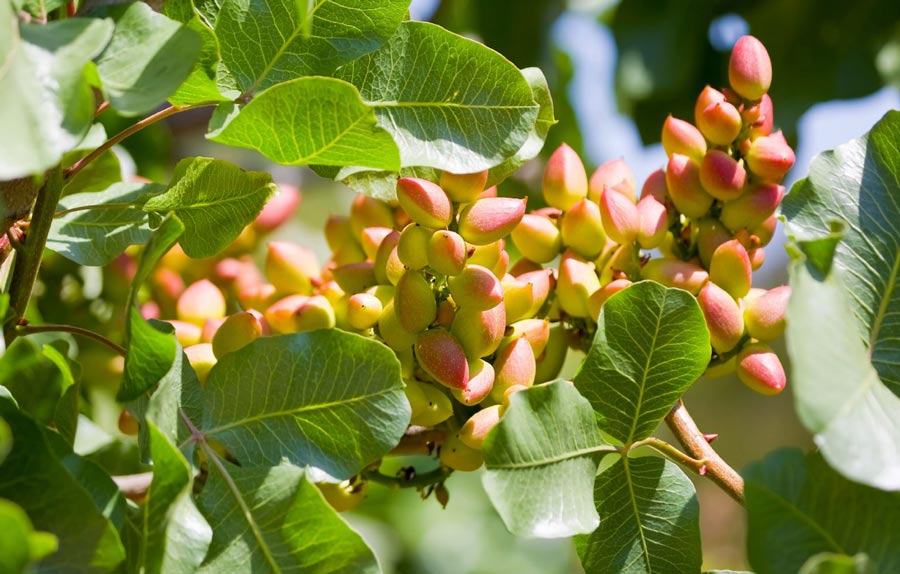مقالات
INCREASING THE YIELD AND QUALITY OF PISTACHIO NUTS BY APPLYING BALANCED AMOUNTS OF FERTILIZERS

Currently, the practice of imbalanced application of fertilizers is considered to be the most important factor for low pistachio yields
A comparison between the average figure for pistachio yield nationwide and the yields obtained by progressive farmers indicates that the average yields of pistachio can be more than doubled by optimizing soil management practices
Progressive pistachio growers determine fertilizer requirements with leaf analysis. The required fertilizers should be band applied in canals around the tree dripline at an average depth of root zone (40-50 cm). The problems of pistachio tree nutrition aggravate every year mainly due to high soil pH, high concentrations of bicarbonate in irrigation water as well as high salinity conditions in the orchards.
It would be necessary to lower soil pH at least in the pistachio rhizosphere. Pistachio trees respond favorably to K and zinc fertilizers and the tree’s tolerance to salinity hazards improves by increasing the K/Na ratio as well as zinc concentration in soil solution, because a part of absorbed potassium stays within the vacuoles as a counter ion for Cl- without taking part in the vital catabolic reactions. Therefore, under such conditions, in addition to meeting the nutritional requirements of the trees, salinity hazards can be prevented or reduced and yields improved with the application of potassium sulfate plus zinc sulfate. Increased concentrations of K and Zn under saline conditions would improve root expansion and elongation, which would increase the surface area contact between tree roots and soil nutrients. According to the results of research carried out, optimum nutrient concentrations in pistachio leaves and nuts are N=2.00; P=0.12; K=1.80; Ca=2.50; M=0.50; and S= 0.30 percent and for Fe, Mn, Zn, Cu and B the recommended concentrations are 110, 50, 40, 15 and 50 mgkg-1, respectively. Optimum nutrient concentrations for pistachio nuts are recommended to be N=120, P=60; K=150; Ca=5; Mg=5 and Fe, Mn, Zn, and Cu 0.30, 0.15, 0.12 and 0.07 mg in 100 g, DW, respectively
M.J. Malakouti
| 10.17660/ActaHortic.2006.726.47 |

